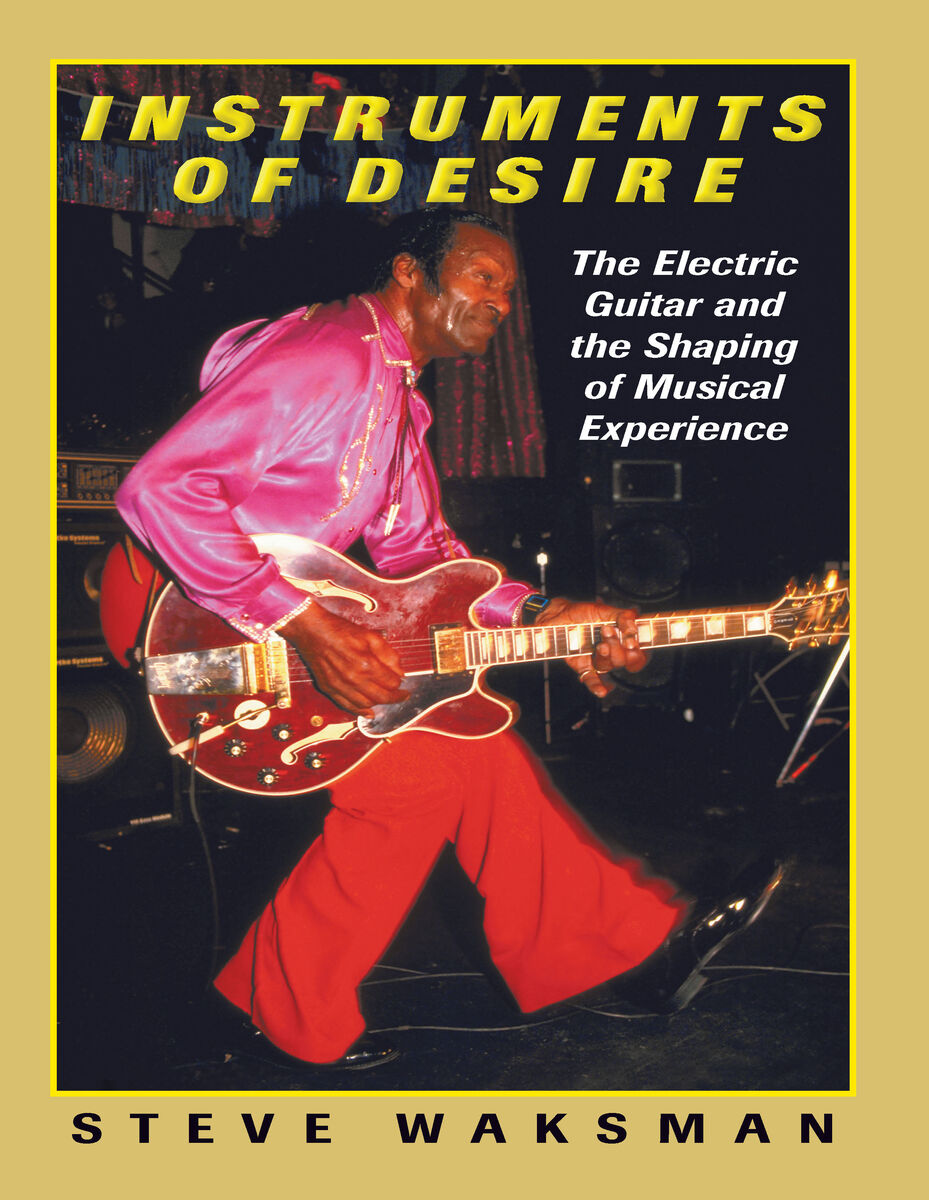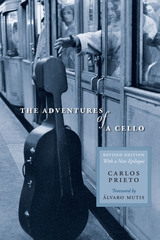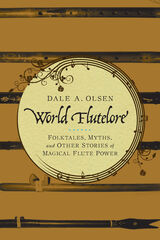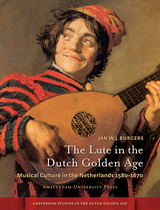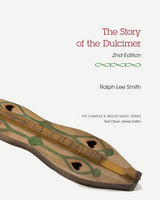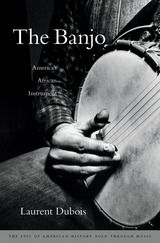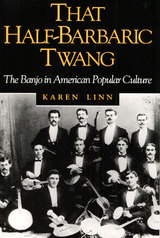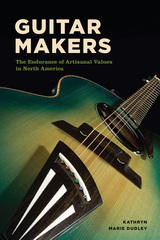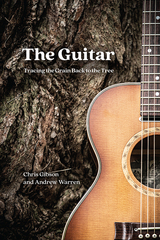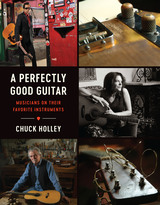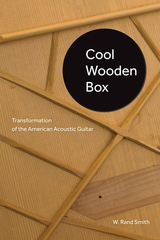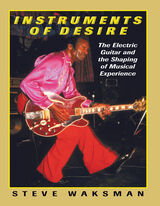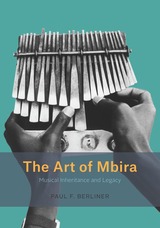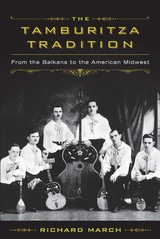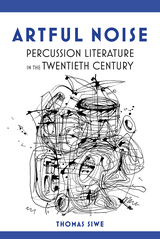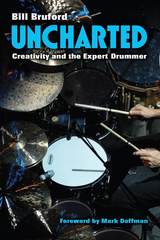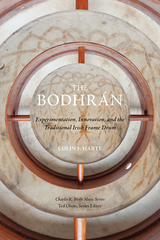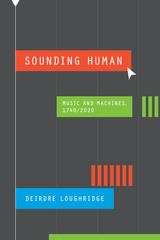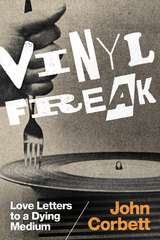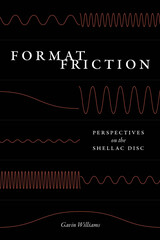Instruments' natural-language passages are knowledgeable and sympathetic. Waksman's profiles of musicians Charlie Christian and Les Paul--each chapter centers on one guitar icon--provide useful overviews of their careers and an aficionado's suggestions for listening.
-- Jim Taibi Business Week
Until recently, the history of the electric guitar, the most influential of the 20th century, had never been fully chronicled. Now, Instruments of Desire traces it through its 70 years of development, examining its pan-genre musical influence, its role in race and gender politics, and the unprecedented power that rewarded those who mastered it.
-- Patchen Barss National and Financial Post
[Waksman] plays to both ax-heads and bookworms so that prickly issues of race, sexuality...and technical authorship are also addressed in this perceptive and overdue narrative of a singularly American machine.
-- Kirkus Review
As a survey of the development of the electric guitar and its impact on society, the book is invaluable--and frequently fascinating. Instrument designers such as Leo Fender and Paul Bigsby are given their due, but the focus is on the musicians themselves. Among those discussed in detail--and with a keen musical ear--are Charlie Christian, Chet Aktins, Muddy Waters, Chuck Berry, Jimi Hendrix, Wayne Kramer (of the proto-punk MC5), and Jimmy Page.
-- Lee Hildebrand Berkeley Express
Waksman presents a scholarly treatise on the history and development of the electric guitar and how its use shaped the course of popular music...Well written, and with extensive footnotes...this is an excellent analysis of the growth and impact of the electric guitar on popular music and culture.
-- Eric C. Shoaf Library Journal
Waksman's critical look at the electronically enhanced plectral lute and meticulous tracing of its influence is a darn fine book...Although it tells blues and rock musicians' stories, this isn't a book about musicians or, really, music. It is an exploration of the 'racialized nature of rock's favorite mode of Phallocentric display... the electric guitar.' Waksman makes much of the sexuality conveyed by the instrument and keeps the issue of race close to the surface of the discussion. Far more theoretical and involved than most other books about guitars, Waksman's is a delineation of the implications of one of our era's endemic icons, the boy with his guitar. Persuasive, responsible, and wide-ranging, this is the thinking headbanger's guide to the evolution of the mighty axe.
-- Mike Tribby Booklist
As a musician Steve Waksman can get deep enough inside the guitar to explain its workings with a precision uncommon in musicologists and unknown in social scientists. As a historian he has the taste and guts to meld sources humble and hifalutin into a coherent narrative that is neither. Thus he comes closer to revealing the secrets of the definitive 20th-century instrument than anybody else who's been foolhardy enough to try.
-- Robert Christgau
Instruments of Desire is a powerful book. The way in which Waksman moves with real authority from style to style as he considers each guitarist is almost a virtuosic accomplishment in itself.
-- John Covach, editor of Understanding Rock
This is a new kind of--polyphonic and polyrhythmic--history of popular music. It seamlessly weaves together everything from theory to biography, from economics to technology, from race and gender to aesthetics. Anyone interested in popular music will enjoy reading this book, and everyone will leave it wiser than when they came to it.
-- Lawrence Grossberg, author of Dancing in Spite of Myself
These instruments of desire are the tools of our trade, the means of production and while the muddled, middle-aged prophets of year zero predict their demise, Steve Waksman lays out a history that's essential reading for all foot soldiers in the music biz wars.
-- Jon Langford, The Mekons
Instruments of Desire is an extremely useful addition to the dog-eared debate on the theme: 'guitar as pinnacle of ecstatic sonic excess versus guitar as phallic appendage for big-haired white boy dorks'. Due largely to Waksman's ongoing engagement with rock's under-the-counter culture (he's more likely to quote Bangs than Benjamin), this is a highly readable account of the rise and subsequent fetishisation of six electric strings.
-- David Keenan The Wire
If you're fascinated by how the electric guitar became what it is, and by what it's told us at each stage in its development, then Waksman is as cool, erudite, provocative and non-geeky a guide as you could possibly desire.
-- Charles Shaar Murray Mojo
Few of the histories of American popular music address the manner in which technology embodies a range of concepts and propositions. Steve Waksman's Instruments of Desire corrects this lapse
He employs a wide range of theoretical formulations in his work and is particularly successful in his attention to a variety of public media in which musicians were featured
Instruments of Desire is one of the most groundbreaking studies of popular music in recent memory and will be of interest to all readers, whether they are prone to playing power chords or merely addicted to the more common practice of air guitar.
-- David Sanjek The Journal of American History
An American studies scholar, Waksman offers intriguing information and ideas
Instruments of Desire provides a cultural context for the electric guitar in a thought-provoking manner.
-- Rebecca McSwain Technology and Culture
Steve Waksman's book is a selective history of the electric guitar since the thirties, focusing on eight key performers or groups who especially illustrate the instrument's cultural significance
Waksman's narrow but brilliant study will inspire more investigation of the impact of the richly stimulating "axe" that still carves paths through planet Earth's musical forest.
-- Burton W. Peretti Notes
